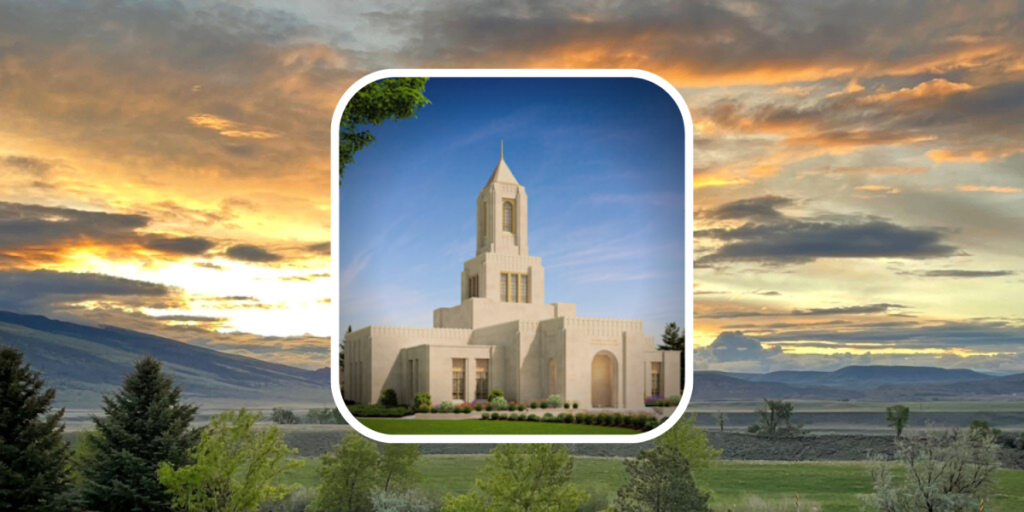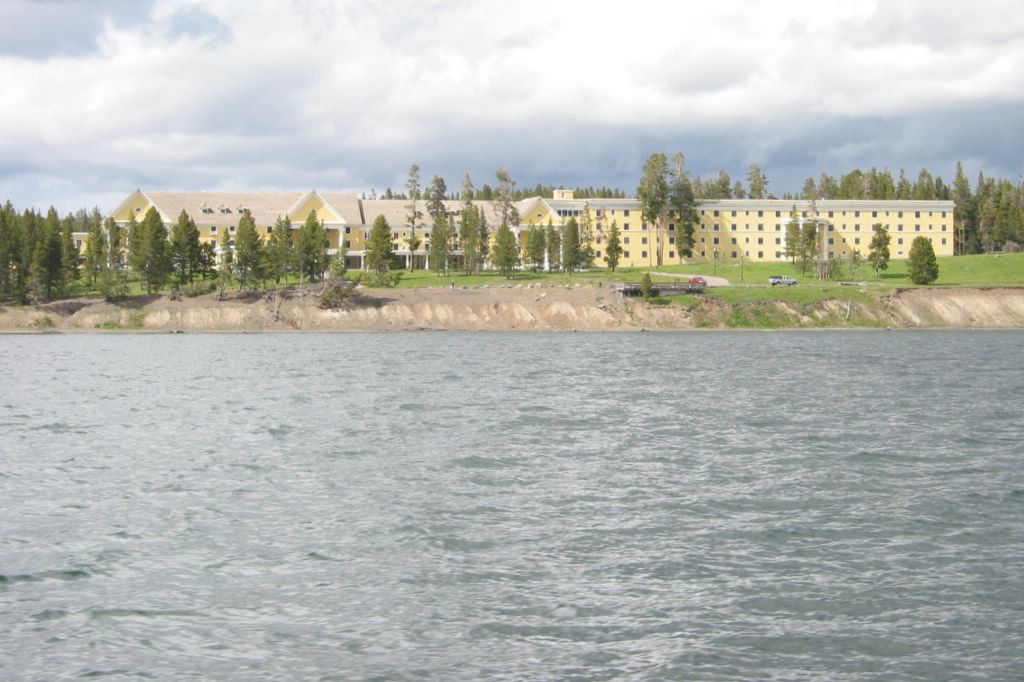5 Insider Tips for Visiting Yellowstone National Park Late in the Year
Written by Nick on September 17, 2023
What You Need to Know About Visiting Yellowstone Late in the Year
It’s no wonder that July and August are the most popular months for people from all over the world to visit Yellowstone National Park. But there are also plenty of reasons to visit during the shoulder seasons, particularly toward the end of the year as children return to school and the crowds moderate.
Late summer and early fall is truly a wonderful time to visit Yellowstone, in large part because it’s a uniquely short-lived transition period for the landscape and wildlife that call the park home. You can see stunning sights as the flora changes and watch elk shed their antlers, all while enjoying less traffic and more moderate temperatures.
If this sounds like the ideal time for a visit, there are a few things you should know before you book your trip. Here’s some advice for traveling through Yellowstone National Park late in the tourist season.
You Can (Usually) Forget About the Bug Spray
Between mosquitoes, horse flies, and other insects, it’d be unwise to make a summer trip to Yellowstone without packing bug spray. But in the fall, as weather changes and temperatures drop, you’ll encounter far fewer airborne adversaries than you would earlier in the year.
That means you can usually forget about the bug spray. Unless, of course, unseasonal warmth persists into late September and early October.
Obviously, it’s up to you to decide whether to pack bug spray. As the saying goes, it’s better to have it and not need it than need it and not have it.
But even if you do include your preferred form of insect repellant in your luggage, you may well arrive in Yellowstone National Park and be pleasantly surprised to discover that you simply don’t need it.
Be Prepared for Cold, Wet Weather
Cooler temperatures and increased precipitation can certainly make a shoulder-season visit to Yellowstone National park attractive for visitors looking to avoid the scorching heat of summer. But that also means late-season visitors run the risk of encountering inclement weather, some of which can prove downright frigid.
Springtime in the Rockies is accompanied by cold, wet conditions that can take you by surprise, and the beginning of fall is no different. From mid-September on, visitors need to arrive prepared for rain, and even snow, to appear suddenly and continue for prolonged periods.
Will this necessarily happen to you? No. It’s truly impossible to say, which is why it pays to be prepared. Keep an eye on the weather forecast ahead of and during your trip, and keep clothing that will keep you warm and dry within easy reach as you explore the park.
Many Facilities May Be Closed
As the park’s flora and fauna transition out of the summer season, so too will the park’s staff and facilities.
The fall shoulder season is a time when many facilities will close as summer visitation fades — some will remain closed until next May, while others will reopen once the winter visitation season begins.
The first major facility closures begin in early September, when Bridge Bay calls it quits for the year.
Early October will bring the next big round of closures, with areas such as Lake Village, Old Faithful, and Fishing Bridge shutting most of their doors.
Does this mean you should reschedule your trip? Absolutely not. Sure, you won’t have as many dining or lodging options, but the stunning Yellowstone landscape never closes, and the wildlife never take a day off (or they’re on permanent vacation — however you choose to look at it).
Check out the National Park Service’s list of facilities and operating schedule for the details you need to plan your trip.
It’ll Feel Like You Have the Park to Yourself
The shoulder seasons see far less visitor traffic than the peak summer months, which is what you’d expect with more complex weather and fewer park facilities in operation.
If you’re like most visiting Yellowstone National Park, you’re making the trip to discover the natural beauty of the world’s first national park and experience the features that make it unique.
So, the fact that you’ll see less traffic on the roads and few to no crowds at your various destinations is probably a welcome piece of news.
Fewer folks inside the park means you’re more likely to enjoy a pristine, unadulterated experience in the great outdoors, which is a primary motivation for people who choose to visit during this time of year.
Animals Will Be in Transition
Another outstanding benefit of seeing Yellowstone during the end of summer and beginning of fall is the transition that the park’s animals undergo in anticipation of winter.
The first unique behavior that comes to mind for many is the change of behavior in grizzly and black bears. They’ll be quite active as they forage for food, often coming down from higher elevations they’d sought during the summer to stay cool.
Bears will be working hard during this time to bulk up ahead of their long winter hibernations.
Meanwhile, deer and elk will be shedding their antlers. They’ll also be mating, which means males will be particularly aggressive.
It’s also a wonderful time of year to view bison, since they’re especially active as the seasons change.
Remember, though, that the animals in Yellowstone are wild and dangerous. It’s crucial that you exercise caution and respect for these powerful beasts as you enjoy the park.

